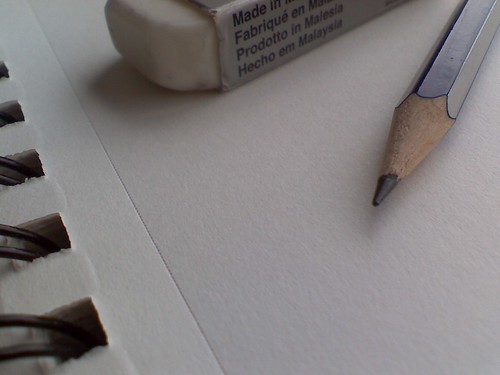The world can give endless inspiration and ideas. From developing architecture, culture, religion, and the constant development in technology, to the ever changing landscape and the vibrancy of people themselves, the world itself provides us with an endless fountain for innovative and inspiring ideas. With such a strong influence from the world around us it is important to consider that smaller environments will have as much as, if not more, effect and influence on us. A studio is therefore a place of great importantance. A place where we can nurture, create and develop.The surrounding of a studio should be things of personal interest, inspiring, that help you feel creative and inspired. Your surroundings should allow your creativity to flow freely from mind to paper, materials should be close at hand. But importantly the environment should create an ambiance of calm creativity, a place where you feel that you can produce anything.
John Lasseter is Walt Disneys and Pixar Animation Studio's principle creative adviser and chief creative officer. His ground breaking animation is famous world wide and is seen in almost all of Walt Disney's Pixar movies, such as, A Bugs Life, both Toy Story 1 and 2, Cars, Monster inc, Finding Nemo, Walle, Ratatouille, The incredibles, Bolt and Up. With so many award winning films and memorable characters, John Lasseter's studio is a place of great importance when considering the development of his work.
John Lasseter's Studio is a reflection of everything that interests him and that he is passionate about.
John Lasseter surrounds himself with his work. The characters that he has created surround him in every form, from models to drawings, crammed into every shelf and covering almost every wall. Lasseter's characters are infamous world wide by both children's and adults. By being surrounding by his creations, Lasseter feels inspired to create more as well as being reminded of what his creativity is capable of making. Being surrounded by his characters also lets Lasseter see what he has already created which may prevent him recreating similar works. However not every space is taken up by his creations, crammed on the desk, Lasserter also surrounds himself with family photos. Although there is not as many photos as there are characters the careful choice of both picture and location, very close to where Lasseter sits and within easy view to him, suggests that these may be even more important to Lasseter. In between all of the characters there is also things that Lasseter is passionate about, from animated cells of the
Looney Tunes and peanut comic strips to stuffed Miyazaki characters, a collection of old and new ViewMasters and slides and LucasFilms artwork. The other side of the wall houses a collection of model trains
. Lasseter's studio also holds everything to allow the creative process, from pen and paper to computers. With Lasseters animation initial development may begin in rough sketches, then on to development and eventually into the computer. This studio will allow Lasseter to do create in any form without restriction.
John Lasseter's studio is an important example of what a studio can do, without it Lasseter may never have created such wonderful characters like Woody and Buzz. His studio is personal to him, a reflection of who he is. The things that are important to him, the characters he has created, family and things he is passionate about, surround him and are there to give inspiration. There is every way to to create from traditional methods to modern computers and animation software which allow the freedom of creativity. Lasseter's studio demonstrates that the environment that surrounds you should be your own personal inspiration allowing you to create your own inspirational work. Your studio such be a reflection of the person you are and the work you create.






















